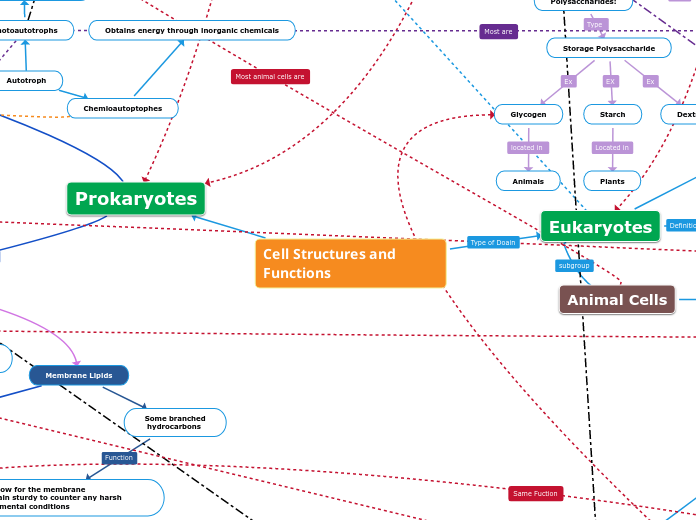Floating topic
Cell Membrane Transport
Fluid Membrane Mosaic Model
Active Transport
transports substances across the cell
membrane with the use of energy;
requires ATP for initialization.
Moves up the gradient
Protein Pumps
use energy of an ATP molecule to
move substances up the gradient
Calcium Pump
moves calcium out off the cell membrane
responsible for maintaining the electrochemical concentration Ca2+ at a steep slope across the gradient
Sodium-Potassium Pump
for one unit expenditure of ATP molecule against the gradient:
the pump keeps two potassium ions in
the pump moves three sodium ions out
uses hydrolysis of ATP to harvest energy
moves sodium and potassium ions across the membrane
Antiport
Allows two molecules to pass through in two directions
Symport
Allows two molecules pass through in one direction
Uniport
Allows one molecule to pass in one direction
Secondary Active Transport
get ATP from the concentration gradients that Proteins pumps already created
use ATP indirectly
Vesicle (Bulk) Transport
Endocytosis
Phagocytosis
the ingestion of bacteria or other solid materials into the cell membrane
Pinocytosis
the ingestion of fluid into a cell membrane
the process of substances moving from the exterior to the interior of the cell.
Substances are gathered and stored inside a vesicle once in contact with the cell membrane and travels to parts inside the cell.
Exocytosis
the process of substances moving from the interior to the exterior of the cell.
A vesicle carrying substances fuses with the cell membrane and releases it's contents outside the cell membrane.
Passive Transport
Allows for transport across the
cell membrane without the use
of energy
Moves down the gradient
Osmosis
Movement of H2O across biological membranes
Hypotonic
the concentration of solute is higher within the cell than outside the cell.
Hypertonic
the concentration of solute is higher outside the cell than inside the cell.
Isotonic
the concentration of solute within the membrane is the same as outside the membrane; osmotic pressure is equal across the membrane.
Diffusion
movement of molecules from an area of high concentration to an area of low concentration
factors affecting Diffusion
Molecule size
the bigger the molecules, the longer it
takes to diffuse
temperature can increase energy or
reduce energy, thus, it can make it
a faster or slower process
Concentration
require longer to diffuse completely
Facilitated Diffusion
molecules move across the membrane
with help of membrane proteins.
A Carrier Protein
much slower transport than a channel protein
open or close depending on physical or chemical stimulus
A Channel Protein
some have gates and some remain open indefinitely
allows specific molecules to pass through the membrane
Phospholipid Bilayer:
A layer encompassing the
cell membrane; controls
the transport of molecules
and maintains structure.
Phospholipids
A lipid containing a Phosphate group;
amphophilic.
Glycerol
Phosphate Group
Hydrophillic Head
Micelle
A lipid molecule.
helps absorb minerals, vitamins, and fats
Three Fatty Acids
Hydrophobic Tails
Carbohydrate Chains
Oligosaccaharides
Immune Response with White Blood Cells
Cell Recognition
Steroid
Cholesterol
Prevents movement in the bi-layer during warmer temperatures.
Maintains membrane fluidity
Factors Affecting Fluidity
Intramoleculaer forces of large molecules
Length of fatty acid tails
Double Bonds
Temperature
Prevents compression in the bilayer during colder temperatures.
Proteins
Trans-membrane Protein
A protein that spans the entire cell
membrane and is a gateway for
transporting substances across the
bilayer.
Introduce immunological defense; provide
White Blood Cells
Regulates traffic of substances passing
in/out of the cell membrane.
Contributes to Cell Membrane Structure
and Fluidity.
Glycoproteins
Proteins attached to sugar.
Serve many important functions:
Immune Response
White Blood cells attach to
Glycoproteins to travel along
the body
Protection
Glycoproteins allow skin cells
(epithelial cells) to attach to
each other; keep skin healthy.
Integral Membrane Protein
A protein that exists inside
the bilayer; integrated in the cell.
Act as Entry and Exit routes for:
Large Molecules such as DNA
Drugs
Waste Products
Nutrients
Ions
Peripheral Membrane Proteins
A protein that is on the perimeter
of the bilayer; it can exist within
the cell or outside of it.
Aid in Molecule Transfer
Carry out Enzyme functions
Destruction Reactions
Synthesis Reactions
For Structural Support of the Bilayer.
Used for signaling









